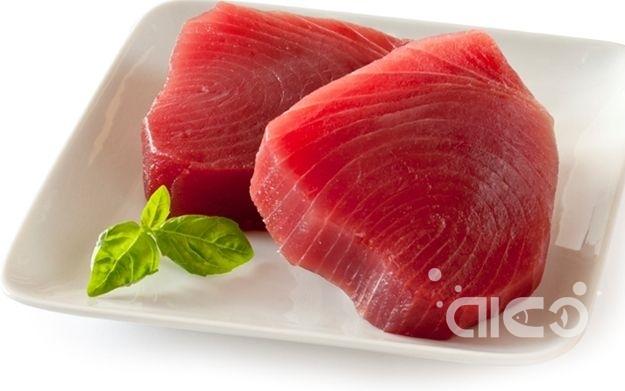Squid Import/Export Trade Surplus
In 2023, China's squid import and export trade situation changed month by month, with imports increasing significantly in the first half of the year, while exports began to decline from the second quarter, the average monthly trade surplus narrowed, and consumption pressure in the domestic market is rising.

November 14, China Aquatic Products Conference concurrent meeting - Bulk Aquatic Products Trade and Market Symposium, Huacai looking for fish founder and CEO Zhang Fu made "2023 China squid market status and future outlook" theme report.
Zhang Fu pointed out that in 2022, China's offshore fishing squid production in more than 300,000 tonnes, ocean fishing production is close to 770,000 tonnes, accounting for one-third of the country's ocean fishing production, of which the Zhejiang Province fishing production accounted for 60% of the total. Squid production is expected to reach a record high in 2023.


The El Niño phenomenon is one of the uncertainties affecting squid production. Since May 2023, the monthly average sea surface temperature in the east-central equatorial Pacific has increased significantly, exceeding the September average by about 1.5 degrees Celsius. This year's El Niño has exceeded the intensity of 2019 and is trending towards further strengthening and is expected to last until at least April 2024.
The certainty of squid production is the implementation of the state's conservation and management of high seas fishing grounds formulated to control the total number of squid fishing vessels on the high seas while implementing a dual control policy in each sea area for production fishing vessels and fishing moratoriums, and the total number of catches has been effectively controlled within a certain interval.

This year, China's squid import and export trade surplus narrowed month by month, the average monthly trade surplus from April's 188 million U.S. dollars fell to 150 million U.S. dollars in September, 10, November trade surplus is expected to continue to shrink, the domestic market consumption pressure increased.

Zhang Fu expects squid exports to be in the 480,000-500,000 tonne range for the whole of 2023, down from 567,000 tonnes last year. Among the exporting provinces, Zhejiang, Shandong and Fujian account for 90 per cent of the export volume.
In terms of imports, along with the liberalisation of epidemic control, the rate of imports surged in the first five months, with imports of Peruvian squid being particularly prominent, and China's squid industry is still adapting to changes in the market pattern of exports to domestic sales.
Per capita consumption capacity declined after major holidays, and squid products experienced a phased inventory backlog, with individual single-size squid transactions shrinking by 60%-70%. In addition, Japan's nuclear sewage discharged into the sea incident triggered people's invisible worries about the quality and safety of aquatic products.
Zhang Fu believes that in the long run China's squid market demand is growing steadily, and the supply capacity and product quality of the two major export and domestic markets continue to improve. The state's promotion of industrial digitisation and upstream and downstream changes in the market will drive the digital upgrading of the entire squid industry chain.






